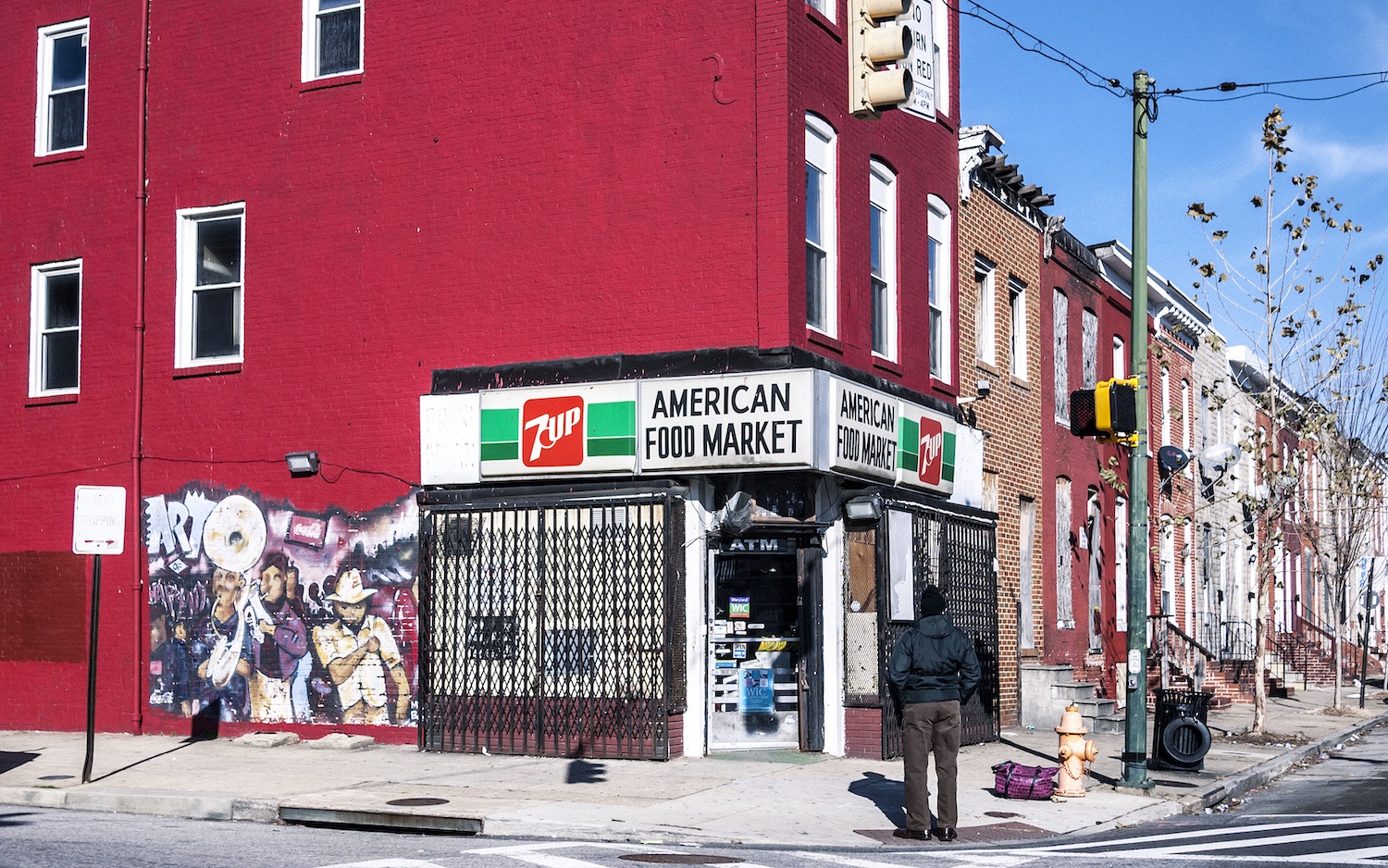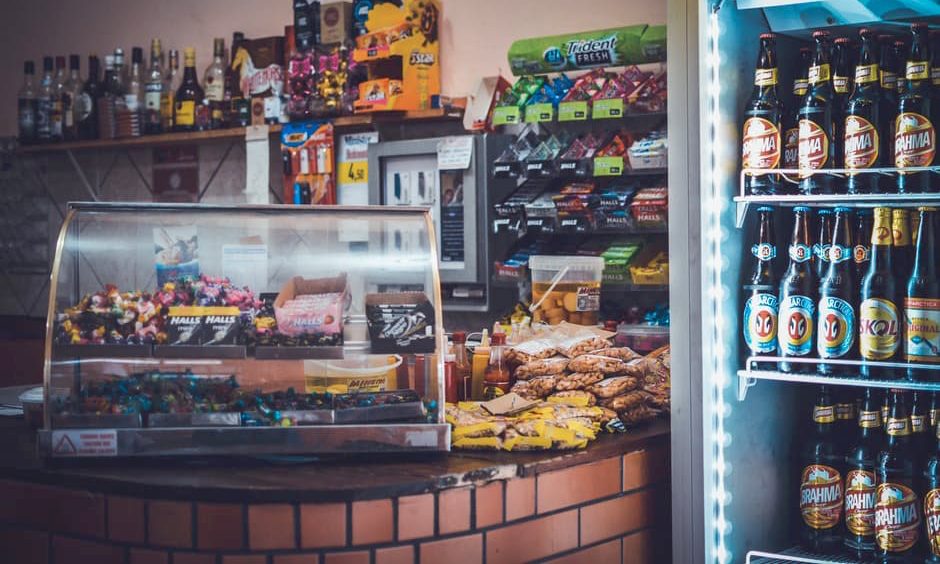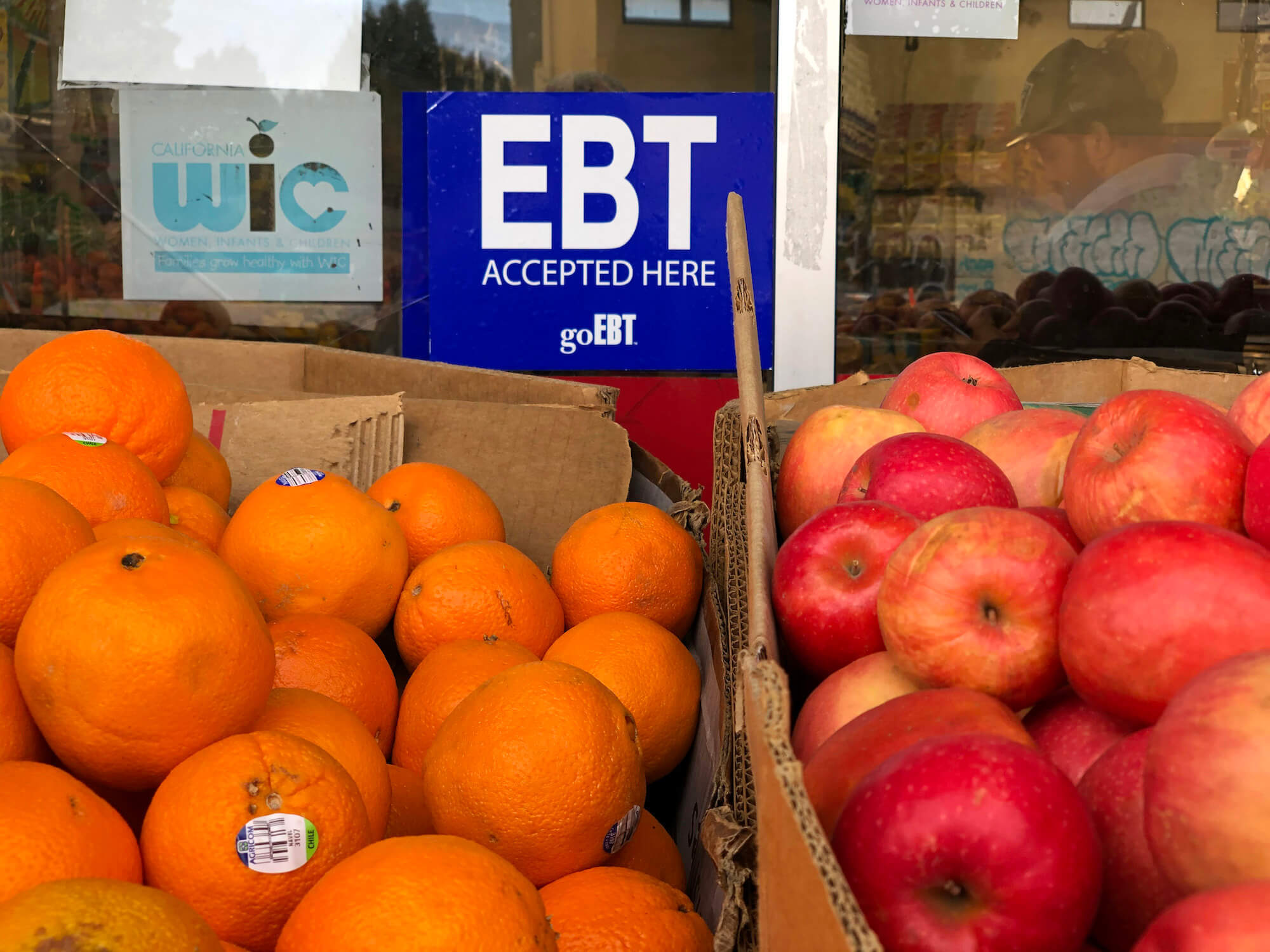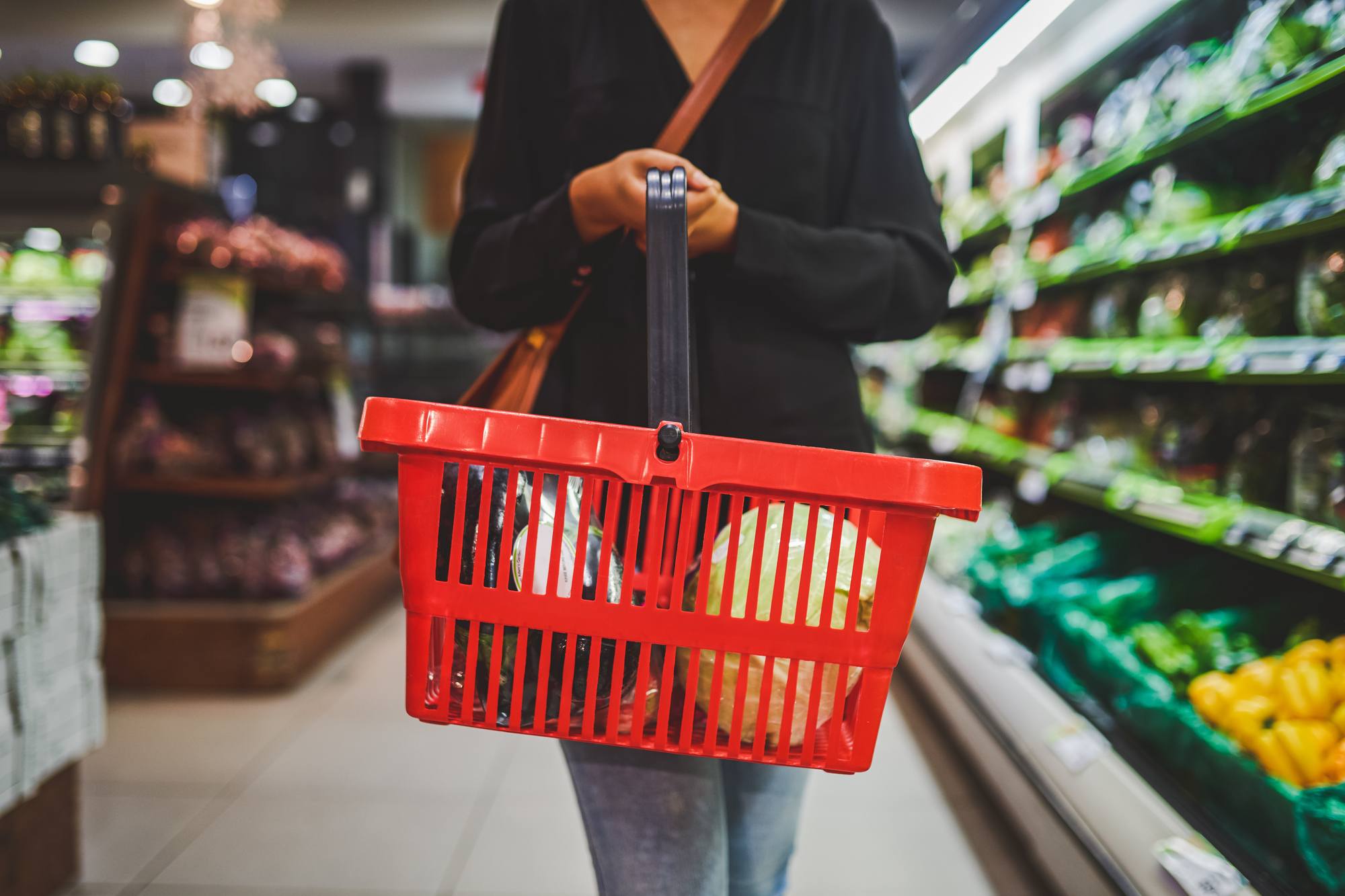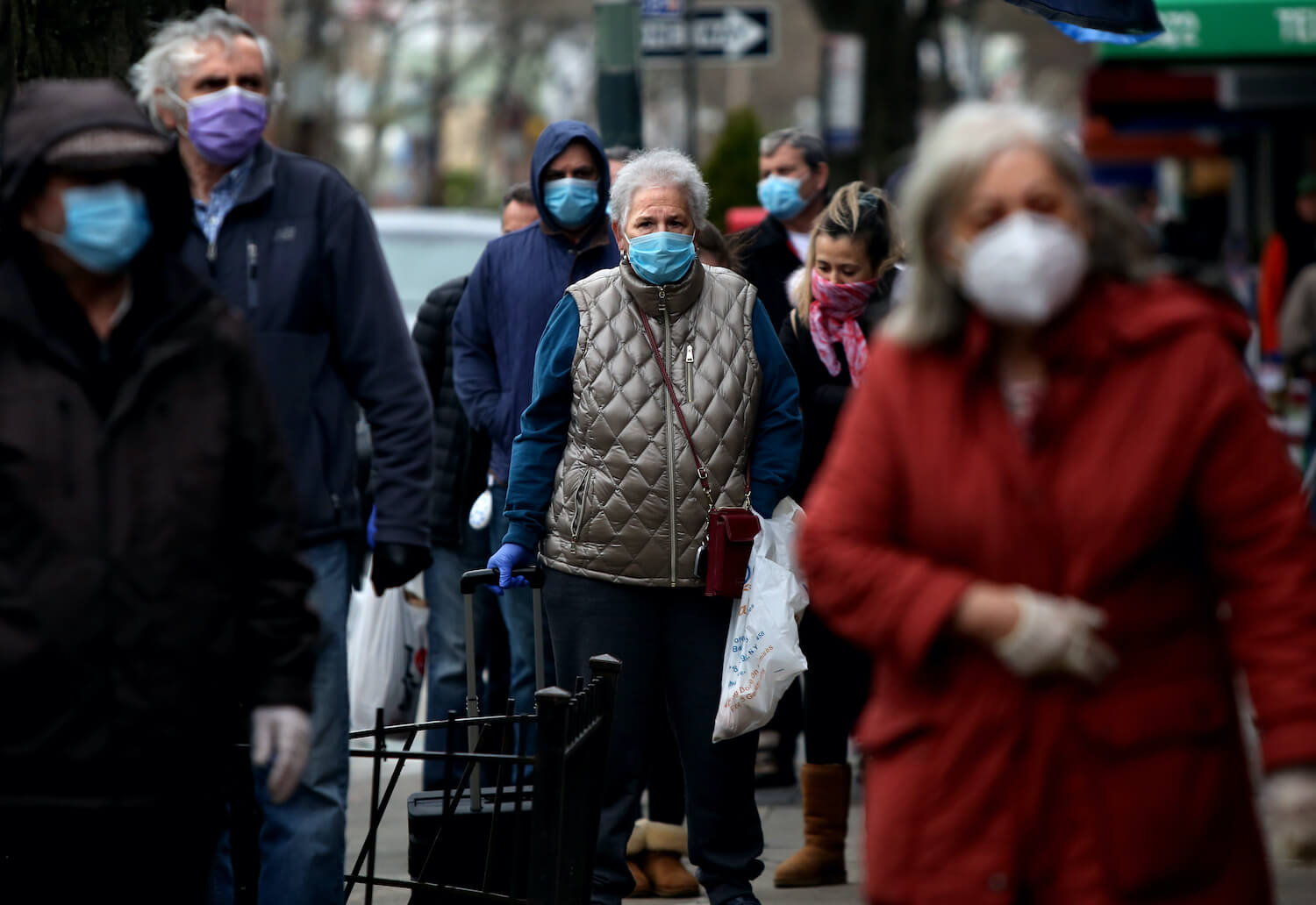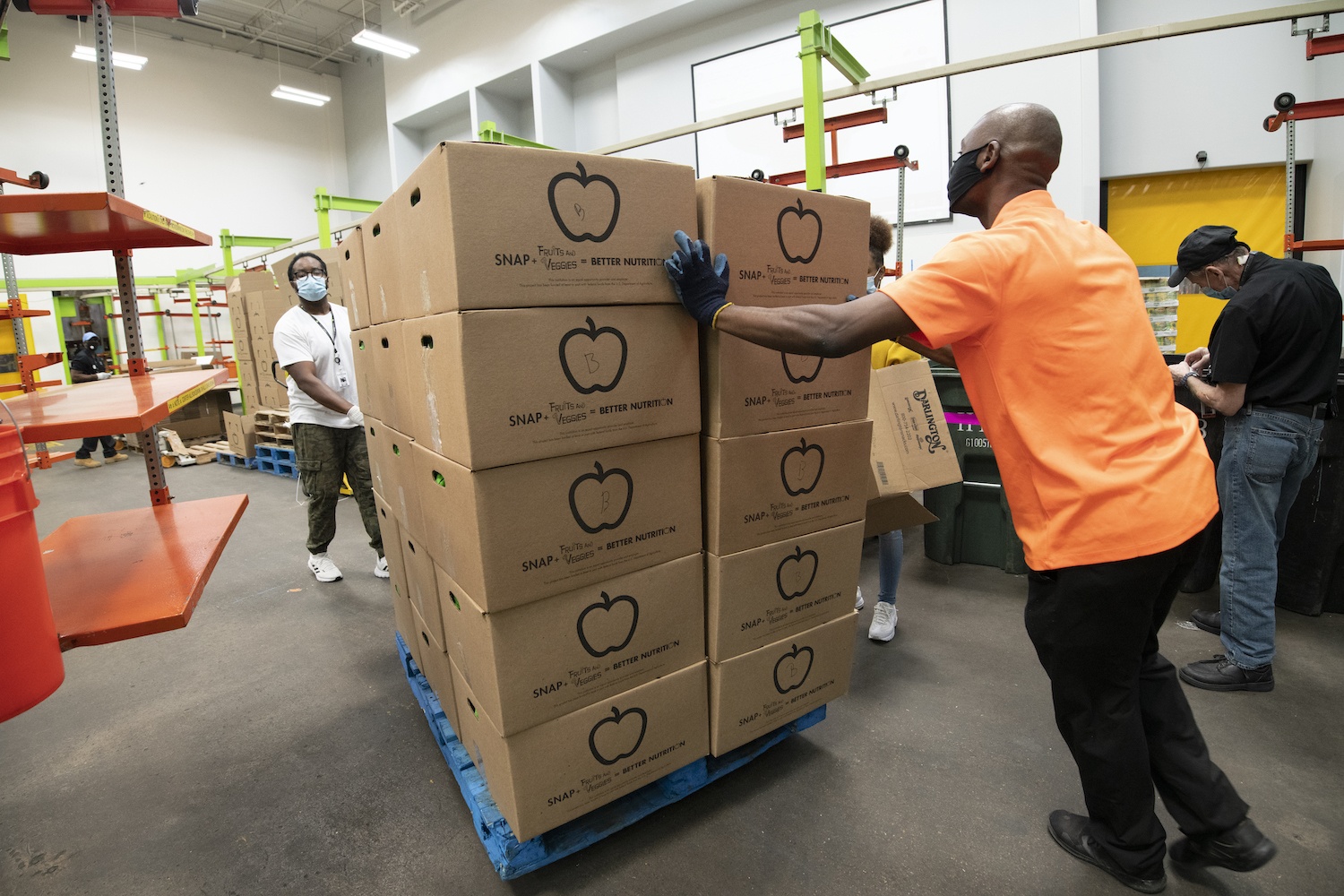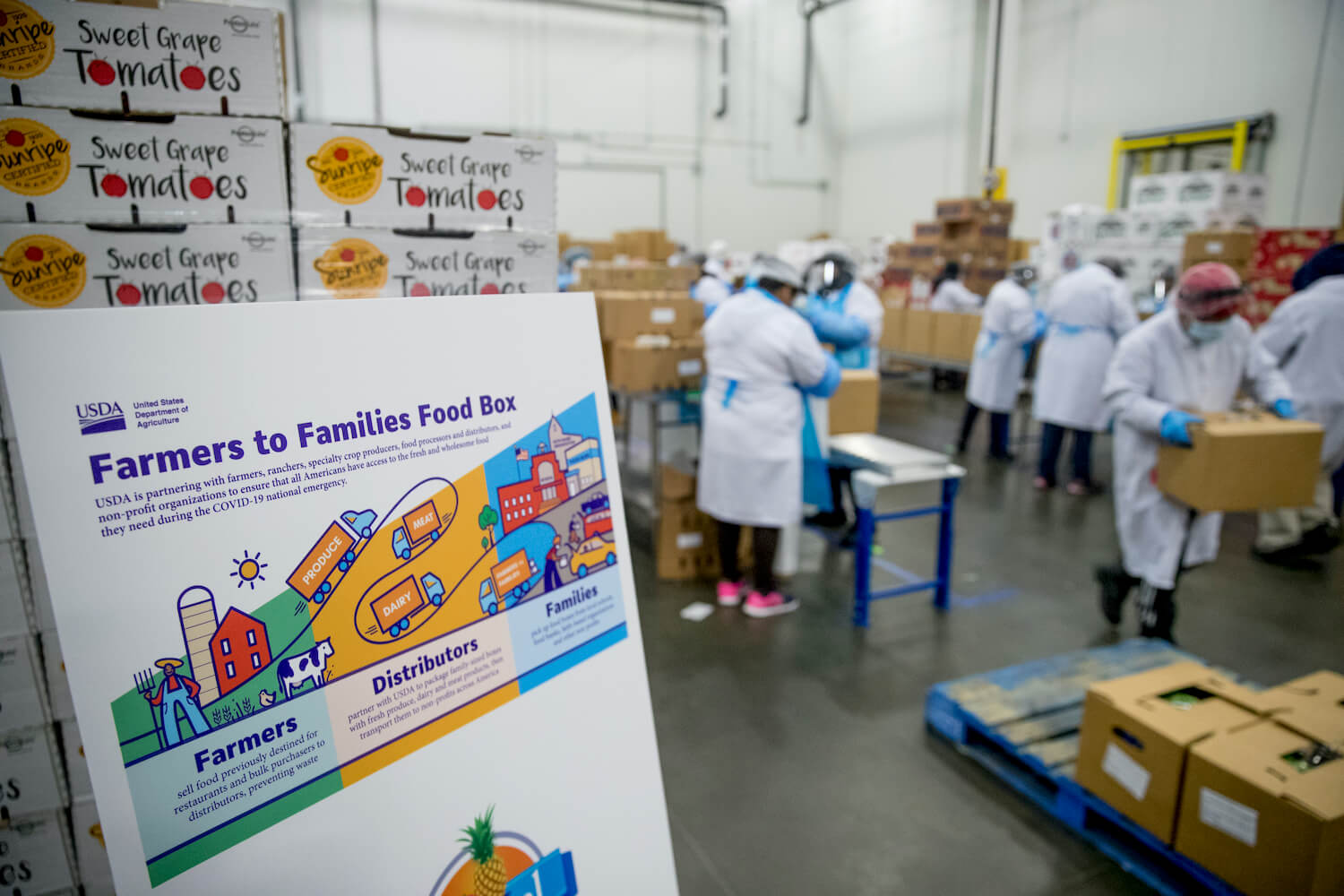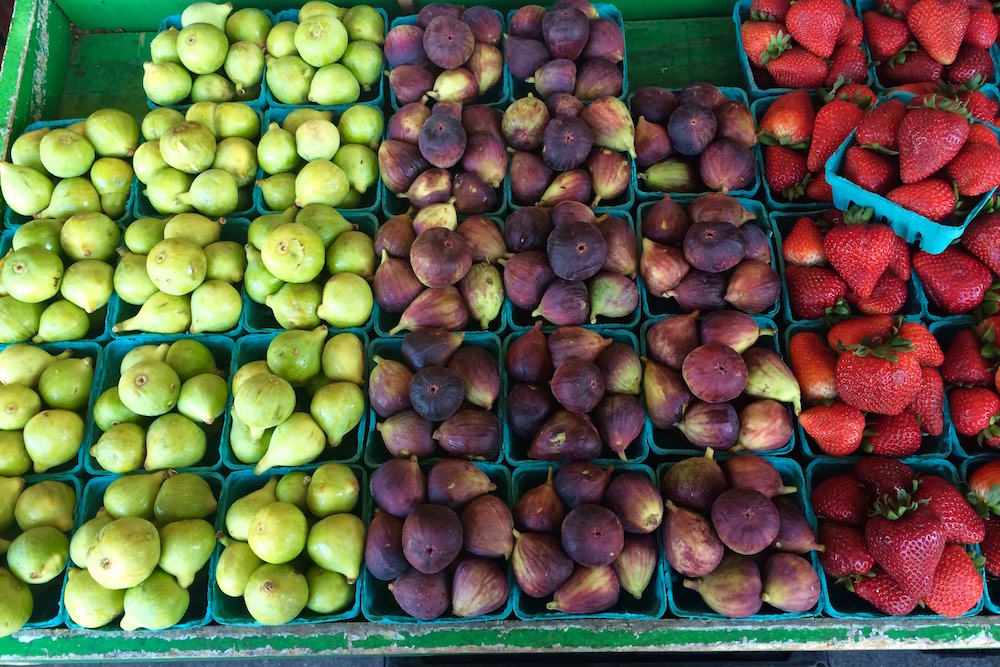But improving healthy and affordable food access goes beyond what’s in the name.
For several decades, the term “food desert” has been dropped into media reports about underserved neighborhoods and their paucity of affordable healthy eating options for residents. Researchers at the Centers for Disease Control, in a review of 40 years’ worth of studies about these areas, trace the origins of the term to Scotland in the 1990s when a task force concerned with nutrition inequality coined the phrase. They point out that in the U.S., disparities in food access—which impact more than 39 million people, according to 2017 estimates—are often linked to (low) income and communities of color, leading to disparities, too, in diet-related health outcomes such as obesity and diabetes.
More recently, however, the term has fallen into disfavor. Some critics argue that it’s downright inaccurate; deserts are naturally occurring ecosystems, they say, while food deserts are created with intentionality by public policy and economic practices, as Detroit food activist Malik Yakini put it in an interview for the T. Colin Campbell Center for Nutrition Studies site, while advocating instead for the use of the term “food apartheid.” Many say that the methodologies behind the designation are flawed or outdated—glossing over both negatives and positives—and fail to acknowledge other hallmarks of food access and the resilience and creativity of community members in finding exactly what they want to eat. Almost everyone wants change, not only in name but in practice, to better understand what’s going on in these communities in order to actually improve healthy food access.
The Department of Agriculture’s Economic Research Service (USDA-ERS) has long assessed “food desert” areas in its Food Access Research Atlas (FARA). But even that agency has begun to back away from the term, now referring to areas that are low-income (defined, in some cases, as a poverty rate of 20 percent or more) and low-access (defined as an urban area where 33 percent of the population lives a mile or more from a supermarket).
“We’ve been fighting about introducing food systems into urban planning for decades—cities can plan housing, transportation, economic development; we should include food systems, too.”
“The name ‘food desert’ did some really important things for the literature and our understanding of the connections between redlining, segregation, and the role of structural racism in the food system,” said Caroline George, a research assistant at the Brookings Institution’s Metropolitan Policy Program who worked on a recent report advocating for new ways to map food insecurity. “It’s not necessarily wrong but at the end of the day there are shortcomings that don’t get to all that is food insecurity in the U.S., and it misses some pretty big factors.”
For example, according to this report, people often prefer to shop for groceries closer to work than home, and often tack the chore on to other errands—something called trip-chaining. Additionally, FARA counts supermarkets and other large retail stores, within the strict borders of any given neighborhood; however, it does not count alternate food hubs such as farmers markets and community gardens, or supermarkets that might technically exist outside a neighborhood but are located right at its perimeter. More recently, George points out, recipients of the Supplemental Nutrition Assistance Program (SNAP) have also been able to order groceries for delivery, which current tracking methods do not yet take into account.
The fact of the matter is, said George, people have “resilient food access strategies that are less deficit-focused, and by measuring and acknowledging them, we can figure out how to better support them through policy.” One way, she suggests, is through participatory mapping, where community members get together to share their personal food-gathering strategies—a technique that was recently studied in Providence, Rhode Island and which researchers said can foster more textured and nuanced understanding of what assets residents do and do not have when it comes to providing food for themselves and their families. “Maybe you write it up on a whiteboard or a GIS platform, and then you can start to distill community narratives into a more data-focused approach,” George explained. She’d also like to see the USDA’s recently updated Thrifty Food Plan for the 48 contiguous states—which is used to assess SNAP dollars, and which increased benefits for a family of four by 21 percent, to $835.57—account for the fact that grocery prices are more expensive in some localities, which can be a hefty barrier to healthy food procurement. Ensuring adequate financial resources to acquire food “results in the best impacts for those households,” said George.
Another recent study, out of Michigan State University, came to some of the same conclusions as the Brookings study. Looking at three designated “food desert” tracts in Grand Rapids, it also found that food access could not be adequately defined just by tallying supermarkets within neighborhood boundaries. “Farmers markets, farm stands, CSAs, little convenience stores—there are many more retail locations where people find fresh produce,” said Zeenat Kotval-Karamchandani, an urban planner and co-author of the study. When you take these into account, “You will see not much of a food desert anymore.”
“Farmers markets, farm stands, CSAs, little convenience stores—there are many more retail locations where people find fresh produce.”
Since some of these retailers can be more expensive—or at least can be perceived as more expensive—than supermarkets, Kotval-Karamchandani advocates for providing community members with more shopping choices. One way to do this, she said, is by encouraging big chain stores like Kroeger and Meijer to open up smaller, express versions of their stores in low-income/low-access neighborhoods. “We’ve been fighting about introducing food systems into urban planning for decades—cities can plan housing, transportation, economic development; we should include food systems, too,” she said. “We zone places; we have the authority to do this.” A challenge, though, is the fact that new cities are not being built from scratch anymore. “We’re past that time and now we’re like, Whoops, that was a mistake, these are the unintended consequences, let’s fix it.”
Organizations like The Food Trust (TFT) are trying to counter some of these mistakes—what director of healthy food access Brian Lang said came about from years in which “food companies and public sector development agencies redlined neighborhoods. When you drill in on the mapping problem you find the situation of low access to grocery stores and food resources manifests again and again in low-income urban and rural communities,” he said. TFT uses the Healthy Food Financing Initiative (HFFI), a public-private partnership between the USDA and nonprofit Reinvestment Fund, to provide grants, low-interest loans, and tax credits to food purveyors interested in opening for business in under-resourced communities. The idea is that with less debt starting out, these retailers will have a better shot at staying in business and continuing to serve residents.
Lang said that community buy-in for these sorts of resources is critical, which means TFT will approach civic associations and community leaders to make sure a new outlet is wanted; for example, before greenlighting an application for a Super Natural Produce in Reading, conversations were had with local partners and residents to confirm that this was a welcome addition to the neighborhood. Active community involvement is something more advocates now recognize as a critical counterpoint to the decades in which outsiders determined a neighborhood’s need—and one of the ways we got to “food deserts” and all their inherent definition problems in the first place.
More advocates also understand that “access alone is not enough,” as USDA-ERS researchers have begun to say, and education—about the fact that farmers markets take Double Up Food Bucks to stretch SNAP benefits for produce, and that small stores take SNAP EBT cards; and about which foods even count as healthy—is of paramount importance. Double Up Food Bucks, for example, has been enthusiastically embraced by communities with low levels of produce consumption, like Des Moines, Iowa, because it stretches one dollar into two for the purchase of fresh, and often local, fruits and vegetables. For the latter, USDA-ERS suggests tactics like in-store awareness campaigns, including “fitting shopping carts with compartments based on food groups’ recommended shares of total food consumption.” For the rest, said Kotval-Karamchandani, “What is the most regular form of communication [in these communities]—fliers? Posting on local television? Stores have big windows: ‘We accept EBT.’” By further raising awareness about what’s available in these neighborhoods, community members’ own perceptions about what’s available to them may shift, too, for the better.
